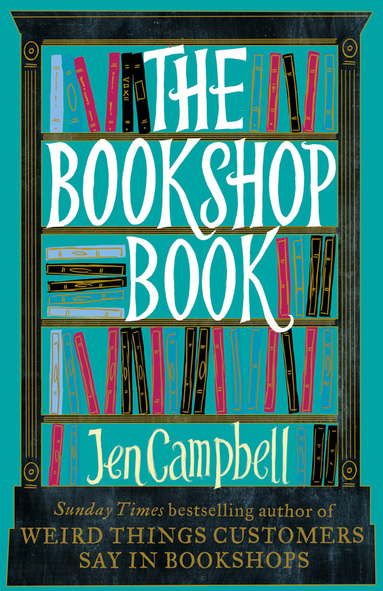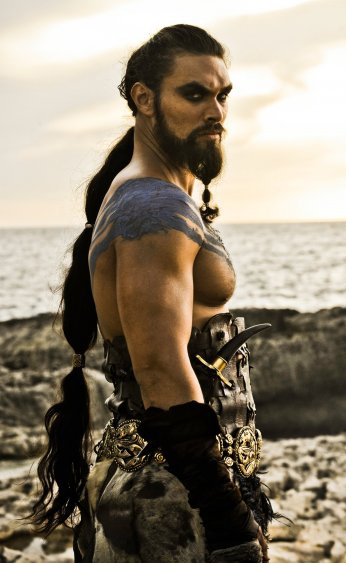by Linda Rodríguez McRobbie
My Rating:
You think you know her story. You’ve read the Brothers Grimm, you’ve watched the Disney cartoons, you cheered as these virtuous women lived happily ever after. But the lives of real princesses couldn’t be more different. Sure, many were graceful and benevolent leaders—but just as many were ruthless in their quest for power, and all of them had skeletons rattling in their royal closets. Princess Stephanie von Hohenlohe was a Nazi spy. Empress Elizabeth of the Austro-Hungarian empire slept wearing a mask of raw veal. Princess Olga of Kiev murdered thousands of men, and Princess Rani Lakshmibai waged war on the battlefield, charging into combat with her toddler son strapped to her back. Princesses Behaving Badly offers minibiographies of all these princesses and dozens more. It’s a fascinating read for history buffs, feminists, and anyone seeking a different kind of bedtime story.
I received an eARC of Princesses Behaving Badly from NetGalley in exchange for an honest review.
This book combines two of my favourite things: women and history. I've been a history nerd since my childhood and was lucky enough to spend many days out at museums, castles and abbeys that my parents took me to. Looking back, it makes me sad that the only women ever really mentioned in my history lessons at school were Boadicea, Elizabeth I and Queen Victoria. All amazing women in their own right, of course, but what about all the other women who contributed to the world's history who have been completely overshadowed by their male contemporaries?
Princesses Behaving Badly aims to set this bias right, and I think it does a decent job of it; there are lots of women in here I'd heard of before, but there were plenty more I'd either never heard of or had heard of but didn't really know anything about. For example, I never knew just how tragic the life of George I's wife, Sophia Dorothea of Celle, was. Let's just say George I has quickly become one of my least favourite British monarchs.
There are princesses from all over the world in this book, from many different cultures, races and religions, which I really enjoyed. When we hear 'princess' I think it's easy for us to picture a white, European Guinevere-esque figure - someone from a fairy tale rather than history - so I admire the amount of research that must have gone into the creation of this book to make it so diverse.
I also loved that McRobbie didn't choose to only include the 'nice' princesses, or even the ones that were particularly good at their job. There are women in this book who died defending their country and others who cared more about their wardrobe than war, and by including all of them she hasn't put women on a pedestal but proved that we have been just as diverse as men throughout the centuries.
Having said that, there were some parts that grated on me a little bit. McRobbie has a rant about Disney Princesses in the introduction which I thought was unnecessary, especially as, to me, it came across as 'I'm not like other girls, I don't like Disney princesses because I'm not silly'. I'm not a fan of the belief that Disney teaches girls that they're only worth how pretty other people think they are; I've been a Disney fanatic all my life, so perhaps I'm biased, but one of the reasons I adore Beauty and the Beast so much is because of the message that it's what's inside that counts.
The earlier Disney movies are certainly of their time, but from The Little Mermaid onwards we've had a whole host of strong Disney heroines who are heroic in their own way. No, wearing a pretty dress and a tiara doesn't make you a princess - something another Disney film, The Princess Diaries, addressed excellently - but I'm not going to shame little girls who enjoy wearing dresses and tiaras if it makes them feel empowered.
There were also a few instances where people were described as 'ugly' or 'insane' that made me a bit uncomfortable, especially as these instances didn't agree with other parts of the book. McRobbie criticised Disney for making girls think being a princess is about being beautiful, and then pitied various real life princesses because they hadn't been considered attractive. She also made some excellent points about mental illness not being taken seriously or treated appropriately in the past, only to make throwaway remarks about people being insane. Hypocritical much?
All in all, though, this is a much more positive book than a negative one. This would be an excellent introduction to anyone who wants to learn more about women's history as well as anyone who wants to learn more about history but feels intimidated by non-fiction. This book is written so conversationally that it's a very easy read and there's a wonderful bibliography of further reading included in the back if you want to learn more about any of the princesses involved.
If you're more interested in history that isn't about the royal family then this book probably isn't for you, although the clue's in the title, but wherever your interests lie there are so many fascinating women in this book I think it would be a shame to miss out on learning more about them.


































